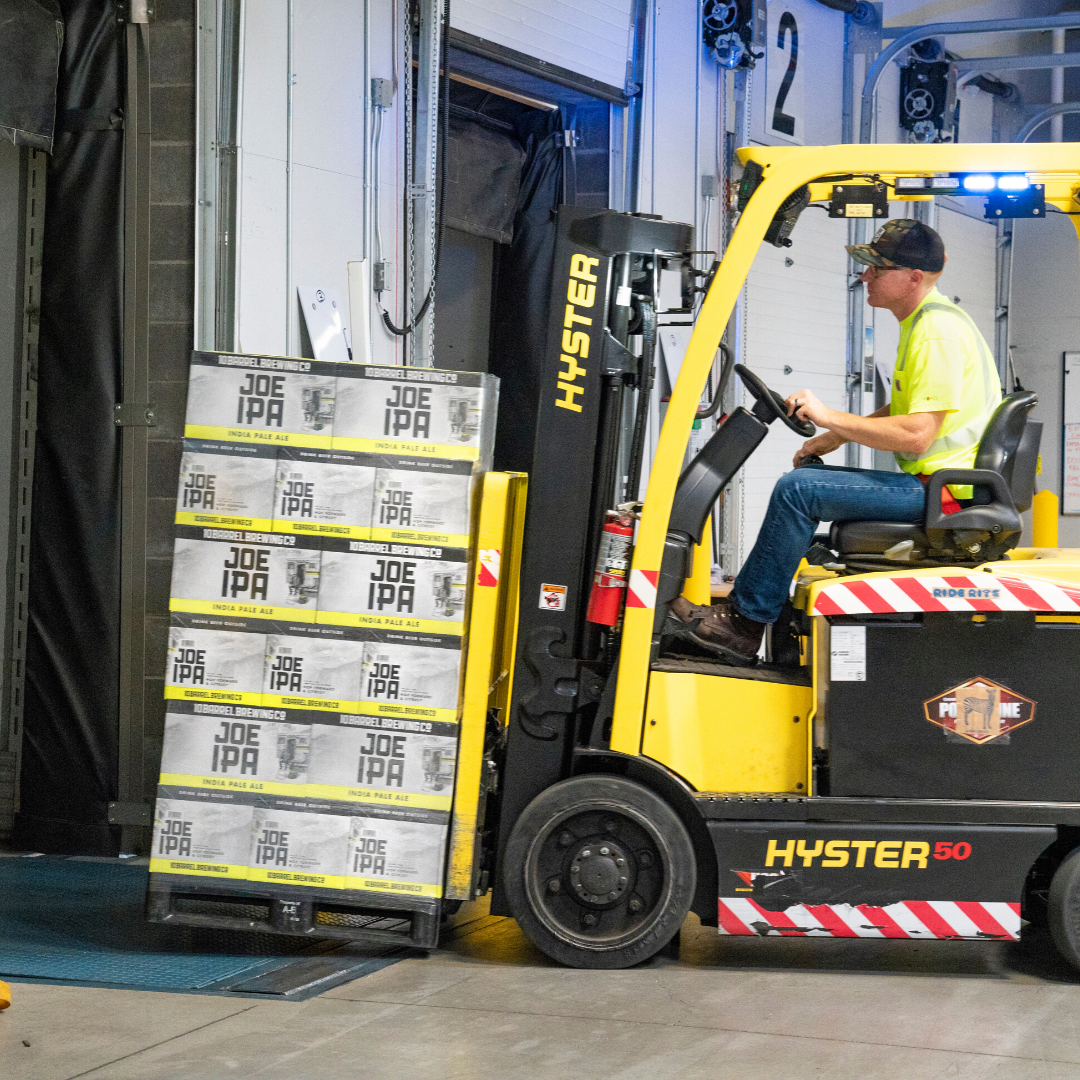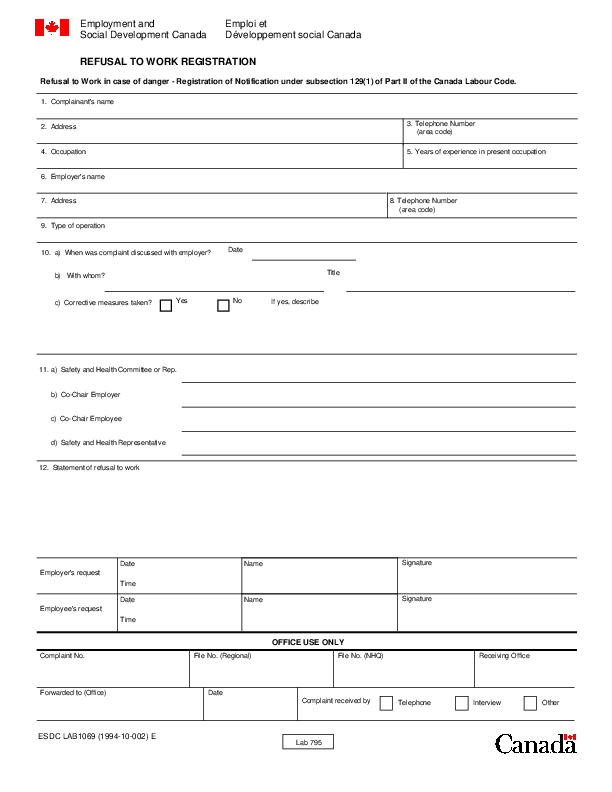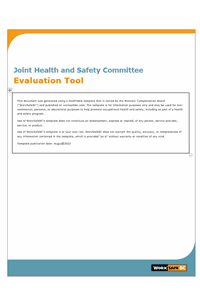
Forklift Hazards When Used in Same Work Area as Pedestrians
Safety tips and best practices that will help workers recognize the hazards that may exist when forklifts are used in the same work environment that has foot traffic, and what forklift operators and pedestrians can both do to ensure the safety of all personnel.
Powered industrial trucks, also called forklifts or lift trucks, are used in many industries, to aid workers in material handling. Forklifts, if not operated safely, can cause injuries to workers.
Forklifts, their operators and pedestrians are often in the same work environment, which could be a warehouse, manufacturing facility, distribution center, storage building, industrial plant or other similar workplace that requires the power of forklifts. Every precaution must be taken to prevent injury to all personnel who may be walking in the same area as the forklift.
Only trained and authorized personnel are allowed to operate forklifts.
Trainees may only operate a forklift when the training is conducted in an area that does not have the potential to endanger other employees.
To ensure precautions are taken to protect all personnel, including pedestrians, the forklift operator should walk the planned route first to spot any concerns that could become a hazard while they are driving the forklift.
If the forklift operator notices pedestrians along the route, verbally warn them that a forklift will be in the area and ask them to move out of the vicinity.
When there will not be enough safe clearance to operate the forklift while personnel are in a work area, it is imperative to give notice to the pedestrians.
Pedestrians not authorized to be in areas where forklifts are being used should remain away from these locations for their safety.
When operating a forklift in an area where pedestrians might be present, forklift operators have the responsibility to:
– Travel at a safe rate of speed that will allow the forklift to come to a complete stop if an unexpected hazard or pedestrian is encountered along the route.
– Keep a clear view and look in the direction of the path of travel.
– Watch around corners and blind spots using convex mirrors (if available) to look for pedestrians that may be walking towards the same corner.
– Use the horn to alert others of the presence of the forklift at blind corners, aisleways, and doors. When backing up use the forklift backing alarm, if equipped.
– Listen for pedestrians that may be calling out to warn that they are in the area.
– Avoid distractions such as wearing headphones, looking at a mobile device, or chatting with someone nearby.
– Yield the right of way to pedestrians when someone does walk into or across the planned route.
As forklift operators have specific safety guidelines they must follow when driving a forklift, pedestrians also play a vital role in their own safety.
When walking or working in an area where forklifts may be operating, pedestrians have the responsibility to:
– Slow down and look carefully when walking around corners or coming up to a new aisleway.
– Listen for horns and alarms from forklifts.
– Remain a safe distance from forklifts in use.
– Avoid distractions such as looking down at a cell phone or clip board or using headphones set at a high volume.
– Make eye contact with the forklift operator, and wait for acknowledgement, before proceeding near an area where the forklift is being used.
– Use designated walkways, if available, that are specifically reserved for foot traffic only.
Pedestrians should avoid walking or working in-between or behind stacked materials that may potentially block the view of the forklift operator. If the forklift attempts to move the materials that are nearby this could result in a serious crushed-by or caught-in incident.
– Workers must never stand on or under the forks of the lift, whether loaded or empty.
– Forklift operators must never drive a forklift up to a person standing in front of a bench or fixed object such as a shelving unit, railing, or gate.
– Unauthorized personnel shall not be permitted to ride on forklifts.
– The forklift driver is required to slow down for wet and slippery floors.
– Stunt driving and horseplay are not permitted.
– Avoid running over loose objects in the path of the forklift.
– Only stable or safely arranged loads within the rated capacity of the forklift shall be handled.
Latest Resources
LAB 1069-Refusal to Work Registration
The Employer’s Investigation Report (LAB1069) is a required form under Part II of t ...
Joint Health and Safety Committee Evaluation Tool
This evaluation tool helps assess the effectiveness of a Joint Health and Safety Comm ...

